Estimated reading time: 12 minutes
Watching your dog push their food bowl away is never easy. It’s worrisome when a once voracious eater turns their nose up at mealtime, and it can be a clear sign that something isn’t right.
As dog owners, we’re tasked not only with the care but also with the challenge of ensuring they get proper nutrition, especially when they’re sick.
One comforting fact is that hand-feeding can soothe a reluctant eater and provide them the encouragement to nibble. In this article, we’ll explore why dogs lose interest in food and present you with strategies to help restore your sick pup’s appetite.
Whether it requires warming up meals or introducing new foods, these tips aim to nourish both the body and bond. Keep reading—helpful insights await!
Key Takeaways
- Hand-feeding can build trust and convince a sick dog to eat. It’s crucial when they refuse their dog food.
- Warming up meals or adding warm broth makes food smell stronger and more tempting for dogs.
- Dogs with upset stomachs may need special foods like chicken, rice, baby food, or pumpkin.
- Always offer fresh water to prevent dehydration in sick dogs. Watch for dry gums and sunken eyes as signs of dehydration.
- Consult your vet if the dog hasn’t eaten in 48 hours or shows other illness symptoms like vomiting.
Understanding Why a Dog Loses Their Appetite
Dogs stop eating for many reasons. They might feel sick, have mouth pain, or be stressed out.
Sometimes the problem is clear, like when they eat something bad or catch a bug. Other times it’s harder to tell and could signal serious trouble like pancreatitis or even cancer.
Owners should look carefully at their dog’s behavior and health before trying to feed them again. Checking on your pet can help figure out why they won’t eat.
If your dog skips more than a couple of meals but seems active and healthy, try offering them yummy food to encourage your dog to eat.
If there are other signs of sickness, such as throwing up or diarrhea, it’s time to call the vet right away.
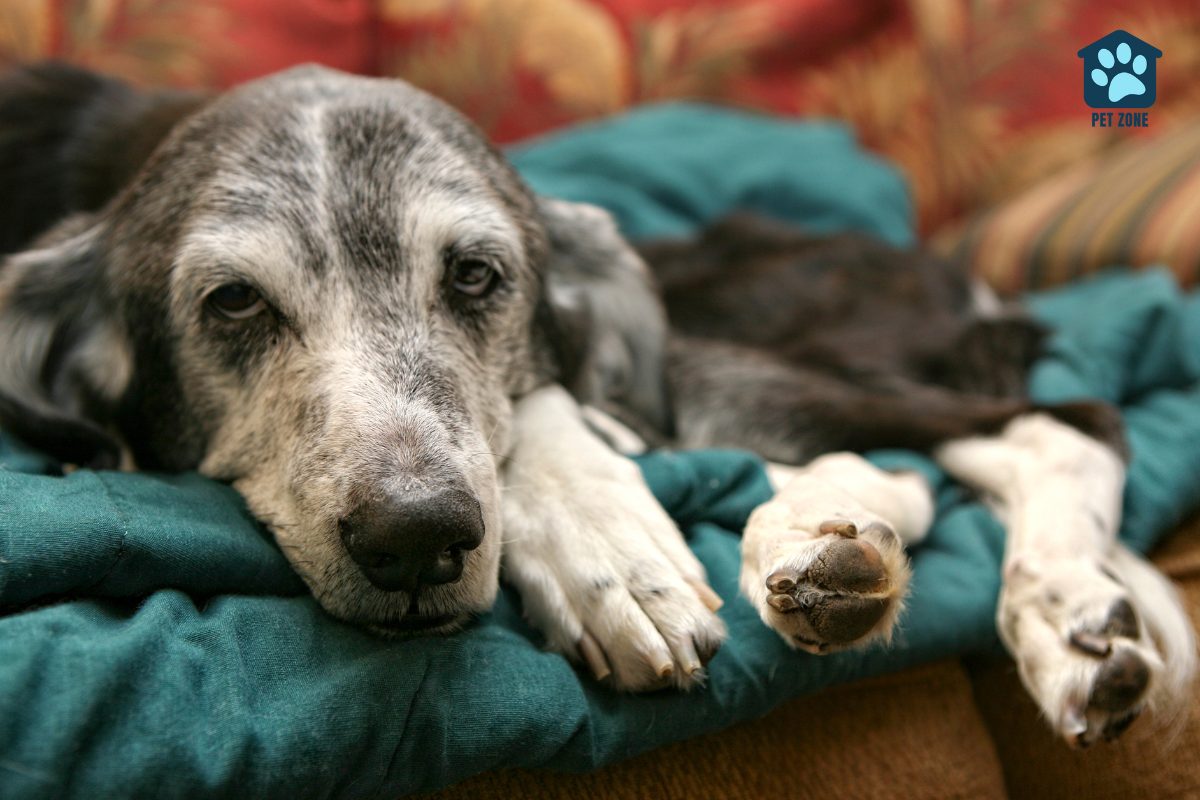
When to Consult Your Vet
Go ahead and call your vet if your dog hasn’t eaten in over 48 hours. It’s a clear signal they may need medical help. Also, look out for any sudden changes in how much your dog eats, whether it’s a lot more or a lot less. These shifts can mean something is wrong.
Your veterinarian should also know if the diarrhea doesn’t stop after a day or two. Watch for signs that your dog is tired all the time, doesn’t have energy, or breathes too fast. These could be reasons to get veterinary care right away.
Strategies for Feeding a Sick Dog
Waiting for Appetite to Return
Sometimes, sick dogs will start eating again on their own. It’s best to wait a bit before getting worried. If your dog skips a meal but drinks water, it may just need time to feel better. Keep an eye on how long your dog goes without eating, though. A prolonged loss of appetite can harm its health.
Let your sick dog rest and watch for signs that it might want to eat. Try not to force food if your dog isn’t ready – this could make things worse.
Look for tail wags or interest when you’re near the food dish; these are good signs! Stay calm and patient as you help your sick friend get back to normal.
Offering Treats
Entice your sick dog to eat by offering them small, meat-based baby food bites. Tuna, salmon, mackerel, or anchovies mixed into their food can also stimulate their appetite. Avoid forcing your dog to consume anything they reject.
If your furry friend still refuses treats or any other food after a day or two, consult with your vet for further advice and support.
Adding these enticing options might encourage them to eat but be mindful not to overwhelm their delicate stomach with too many different foods at once.
Changing Dry Food Brands
Introduce a new dry food brand gradually to prevent stomach upset and refusal to eat. Sudden changes can lead to vomiting and diarrhea in dogs – match their previous calorie intake when switching brands.
A gradual transition with occasional mixing of the old and new food aids digestion while maintaining their appetite.
Maintaining your dog’s regular eating habits is vital for their health, so always have a plan if their usual food is unavailable.
Using a bland diet can ease the shift to a new brand if you’re completely out of your regular food supply without causing digestive distress or loss of interest in eating.
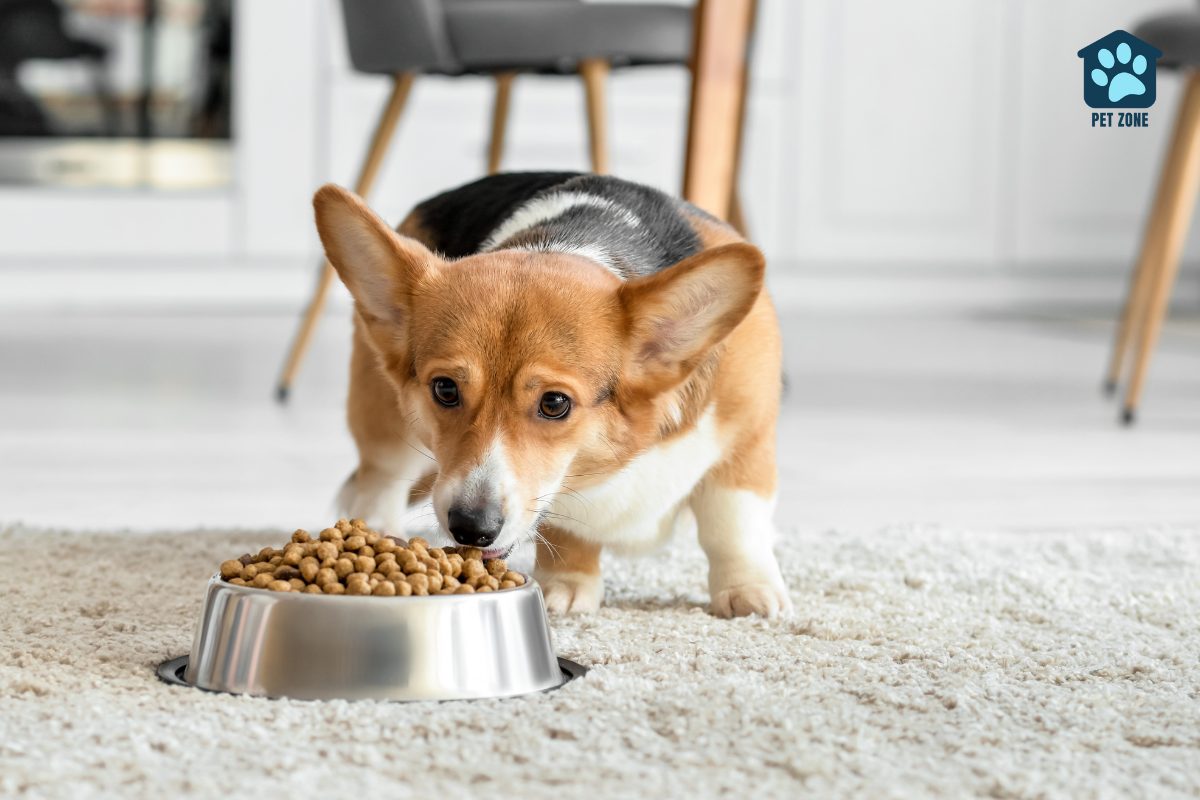
Warming Up Dog’s Food
Warming up your sick dog’s food can entice them to eat, stimulating their appetite. The warmth enhances the aroma, making it more appealing for your furry friend. Additionally, adding warm broth to their food not only improves its smell but also makes it more palatable.
Warm baby food with meat flavors like turkey or beef can be particularly enticing for a sick dog struggling to regain interest in eating. Incorporating these warming techniques into your dog’s mealtime routine may encourage them to consume nutrients crucial for recovery and overall well-being.
Adding Broth to Dog’s Food
Enhance your sick dog’s food by adding warm broth, which can ramp up the smell and appeal. This makes it more enticing for your dog to eat, especially if they are picky or have a reduced appetite.
Bone broth, rich in vitamins and amino acids, serves as a beneficial encouragement to get your dog to eat. It provides essential nutrients ideal for a sick or recovering dog.
Mix the broth with their food to entice them into having a nourishing meal.
Hand-Feeding Your Dog
Hand-feeding your dog can strengthen the bond between you and your pet. It helps build trust, improve focus, and increase impulse control.
This method is particularly beneficial for sick dogs with a decreased appetite, allowing you to nurture them and ensure they receive sustenance.
In addition, hand-feeding teaches dogs that positive things happen when approached and fosters more positive interactions during mealtimes. It’s an effective way to instill good behavior in your pet while providing essential care during times of illness or recovery.
Recommended Foods for a Sick Dog
Wet Food
Wet food is a great option for feeding your sick dog as it’s usually more appetizing than dry food. Dogs tend to love its resemblance to fresh meat, making it an exciting treat that can stimulate their appetite.
When choosing wet food, opt for canned varieties with high meat content and some carbohydrates, which are recommended for sick dogs. This type of food helps provide essential nutrients while being easier on the stomach.
Giving your dog wet food not only offers a more appealing alternative to dry options but also provides the necessary nutrients your dog needs during illness.
Look out for canned foods with high meat content and pay attention to how they are processed to ensure you’re providing the best nutrition possible.
Baby Food
When your sick dog is struggling to eat, baby food can be a safe and enticing option. It often contains various protein sources like chicken, beef, turkey, banana, sweet potato, and pumpkin – all suitable for sick or recovering dogs.
However, serve it in small quantities to avoid upsetting their stomach further. Recommended specifically for its palatability and nutrition content for dogs recuperating from illness.
Opting for stage II meat-based baby foods like chicken can help add variety and encourage your dog’s appetite with its familiar flavors.
Bone Broth
Bone broth is a time-honored remedy for sick dogs. It works as an excellent meal replacement when solid foods are too much for their upset stomachs.
This medicinal food has been used for generations and serves as a great appetite stimulant, especially if your dog hasn’t been eating.
Packed with vital minerals like calcium, magnesium, and sulfur, bone broth supports a sick dog’s gut, joints, liver, and overall wellness—making it an ideal option for picky eaters or pets struggling to eat.
Plus, bone broth can provide essential nutrients while being gentle on the digestive system. Remember though that it shouldn’t be the sole diet but rather a highly palatable tool to reintroduce food to your sick pet in small quantities.
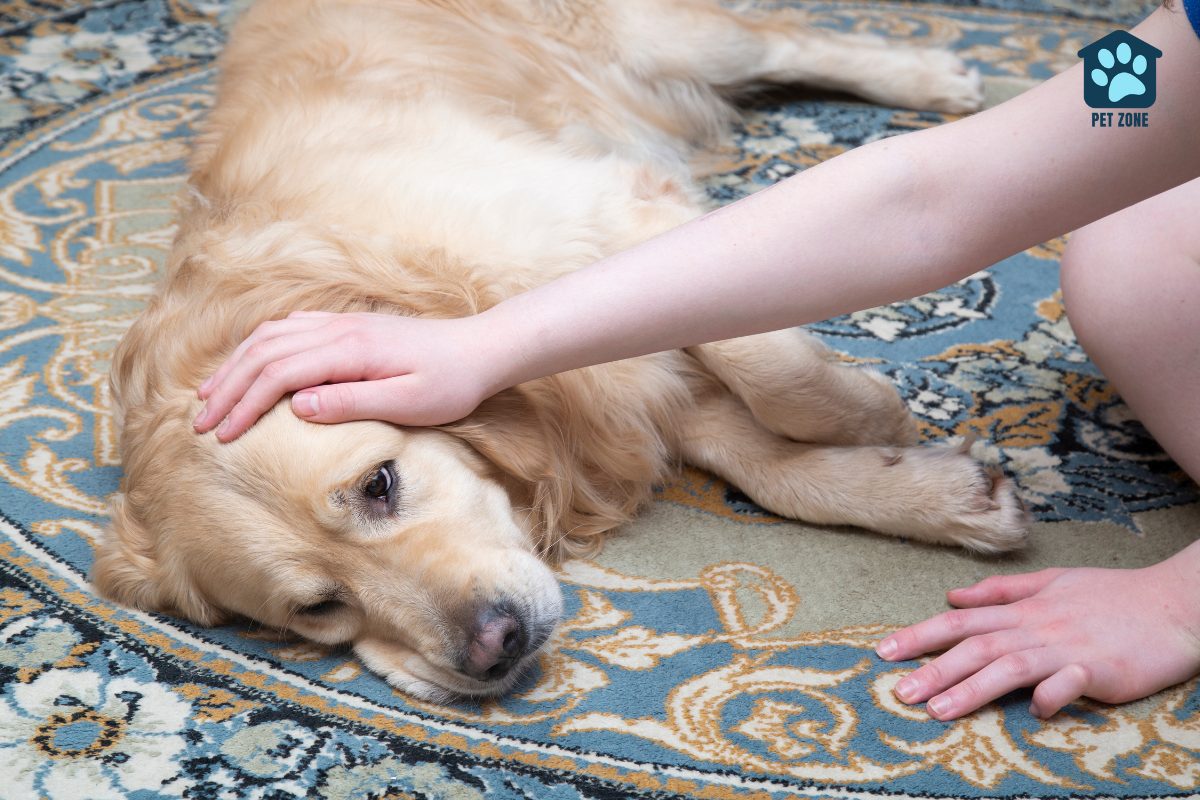
Shredded Chicken
Shredded chicken is gentle on the stomach and usually appeals to dogs who’ve lost their appetite. Opt for boneless, skinless chicken breast – it’s the ideal protein choice for dogs with upset stomachs.
Boiled chicken is a great option for dogs dealing with digestive issues. So, consider offering some shredded chicken to entice your sick pup into eating; it could be just what they need to get their appetite back.
Consider boiling boneless, skinless chicken breast as a top-notch protein source if your dog has an upset stomach. Easy on digestion and high in appeal, shredded chicken can help reignite your dog’s interest in food despite feeling unwell.
Chicken and Rice
When your dog is sick and experiencing diarrhea or vomiting, chicken and rice can be a comforting and easy-to-digest meal. Long-grain white rice is best for dogs with an upset stomach.
It’s suggested to feed your dog two parts rice to one part cooked chicken, in small portions spread throughout the day. This bland diet helps settle your dog’s stomach while providing essential nutrients.
Pumpkin
Pumpkin is a low-calorie dog treat and part of a healthy diet for dogs due to its richness in vitamin A, antioxidants, and fiber. Whether dealing with diarrhea or lack of appetite, canned pumpkin can be beneficial for your sick dog.
Adding 1 to 4 tablespoons of pumpkin or pumpkin powder to their meal can help soothe their stomach if they are struggling with diarrhea. However, it’s crucial to know the appropriate amount as too much pumpkin could have adverse effects on your pet.
Considered a superfood, adding small amounts of pumpkin into your sick dog’s diet can provide them with essential nutrients while aiding in soothing discomfort associated with digestive issues – making it an ideal addition when they aren’t feeling well.
The Importance of Hydration for a Sick Dog
Ensuring that your sick dog stays hydrated is crucial for their recovery. Signs of dehydration to watch out for include dry gums, sunken eyes, and lethargy. Encouraging your dog to drink water or offering electrolyte-replacement fluids can help prevent further health complications.
Signs of Dehydration
A sick dog can show signs of dehydration, including sunken eyes and dry gums. Other symptoms may include lethargy, weakness, collapse, and loss of skin elasticity.
Remember that loss of appetite, panting, and a dry nose can also indicate dehydration in dogs. Here are some important facts about dehydration in dogs:
- Sunken Eyes: Watch for sunken or dull eyes, as they could be a sign of dehydration.
- Dry Gums: Dehydrated dogs may have sticky or dry gums instead of their usual moist appearance.
- Lethargy and Weakness: If your dog seems unusually tired or weak, it could signal dehydration.
- Collapsing: In severe cases of dehydration, dogs may collapse due to their weakened state.
- Loss of Skin Elasticity: Gently pull up on the skin at the back of your dog’s neck—dehydration can cause the skin to retract slowly instead of springing back into place quickly.
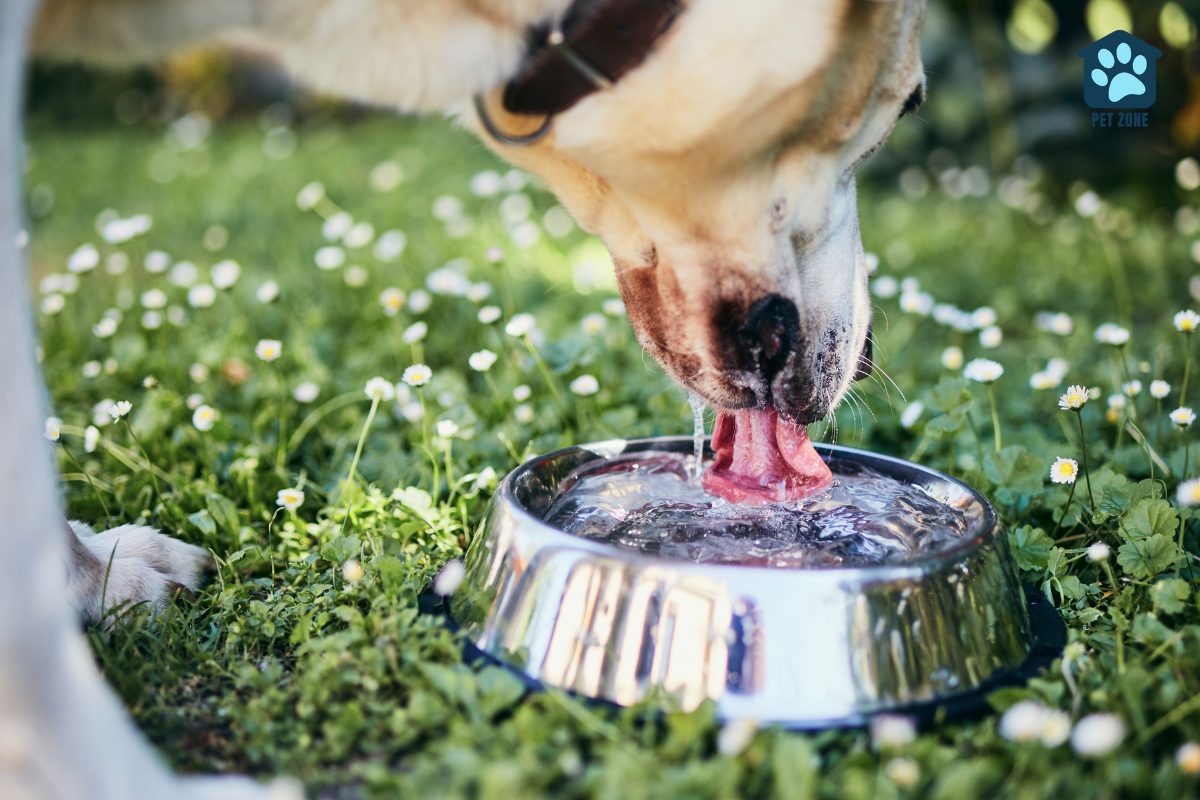
Encouraging Water Intake
Encouraging your sick dog to drink water is vital for their recovery. Here are some ways to ensure they stay hydrated:
- Ensure that your dog has easy access to fresh, clean water wherever they spend most of their time, whether indoors or outdoors.
- Consider using a pet water fountain or adding ice cubes to make the water more appealing.
- If your dog doesn’t seem interested in drinking, try offering them low-sodium broth as an alternative source of hydration.
- Monitor their water intake closely and encourage them to drink regularly, especially during hot weather or after physical activity.
- Add some wet food or a little water to their meals to increase their overall fluid intake throughout the day.
- Gradually introduce any changes in your hydration routine and be patient as your sick dog adjusts to the new methods of increasing water intake.
Check out our recommendation for a high-quality, sturdy, and easy-to-clean water fountain, perfect for your dogs and cats!
Triple-filter operation contains 2.5x more activated carbon than generic brands, delivering fresh water and extending overall product life.
Your pet can choose to drink water from the tower or the bowl; the 360-degree design allows them to drink from the fountain on any side.
- One year comprehensive protection plan.
- Compact design that holds 60 oz. of water.
- Durable material resists dents and dings.
Conclusion
In conclusion, hand-feeding can comfort and encourage a sick dog to eat. Warming up wet food can also stimulate their appetite. It’s vital to ensure the dog is okay before tempting them with palatable food.
Cooked chicken, rice, bone broth, and pumpkin are good options for a sick dog. Syringe-feeding watered-down food or liquidized treats can help a sick dog eat. Small meals, nutritious treats, and comforting environments aid in feeding an unwell pet well.
Remember to address any underlying health issues impacting your dog’s appetite.
Frequently Asked Questions
It’s important to get your sick dog eating again, so try offering bland food like boiled chicken and rice. Make sure it’s in small amounts to not upset a dog’s stomach.
Yes, but be careful—only offer mild foods that dogs love. Plain-cooked pumpkin or sweet potato can be good options as they are high in fiber.
Hand feeding might help your dog feel cared for and encourage eating, but if your dog still refuses food, it’s best to take them to the vet.
Drinking water is vital, and giving your sick dog broth can keep them hydrated and provide some nutrition until they’re ready for regular food again.
No! Force-feeding could make things worse—you don’t want their stomach working too hard when they’re not well.
Offering your sick pet something easy to digest like boiled chicken breast or low-fat cottage cheese—in moderation—might coax them into eating without causing more stomach upset.
As an Amazon Associate I earn from qualifying purchases.
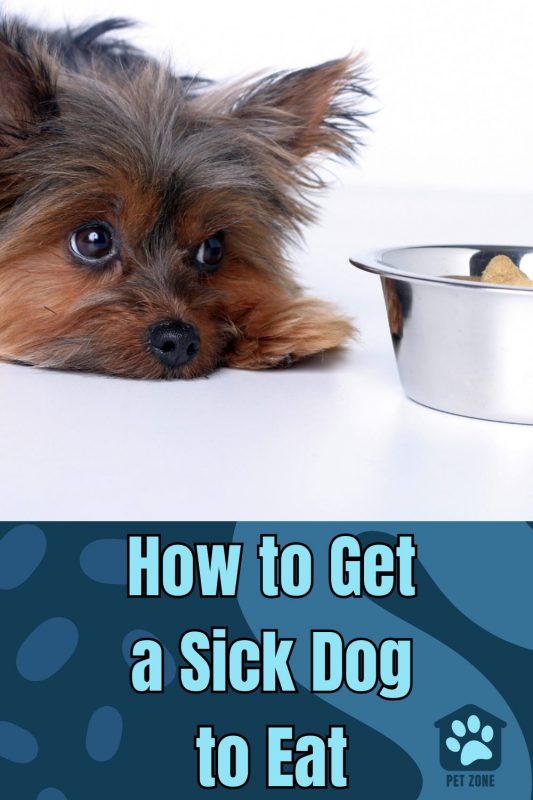


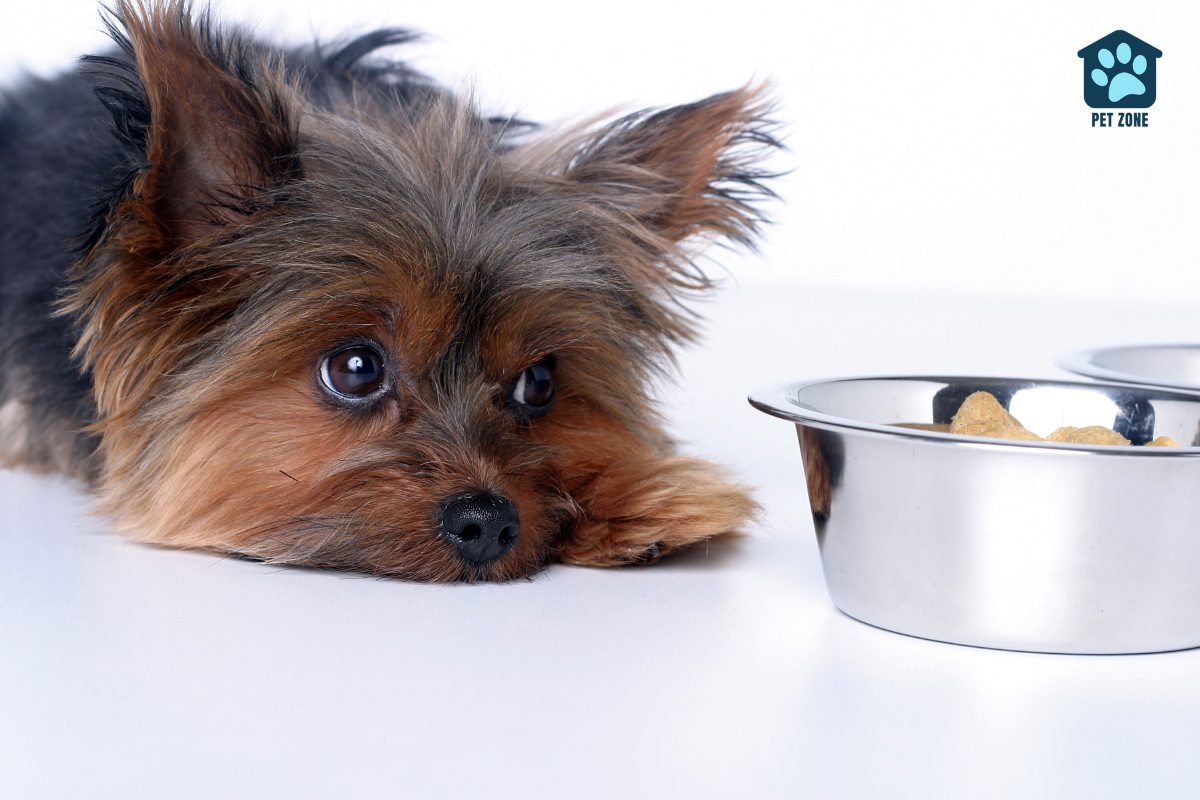
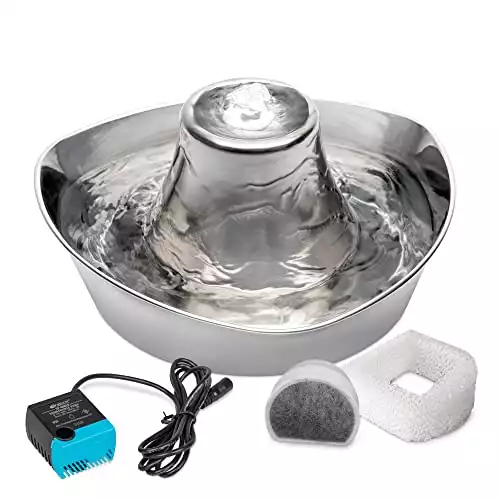
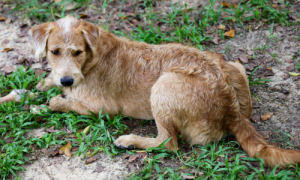
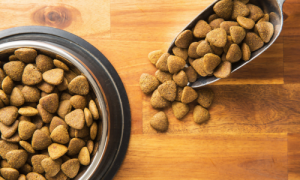
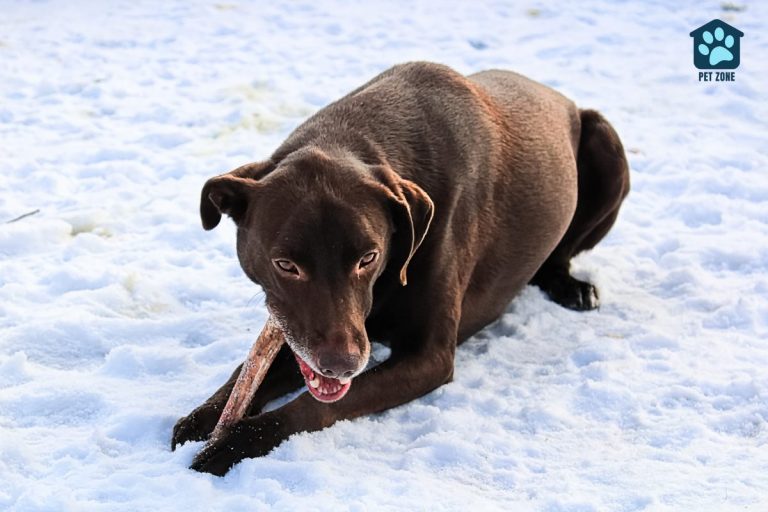
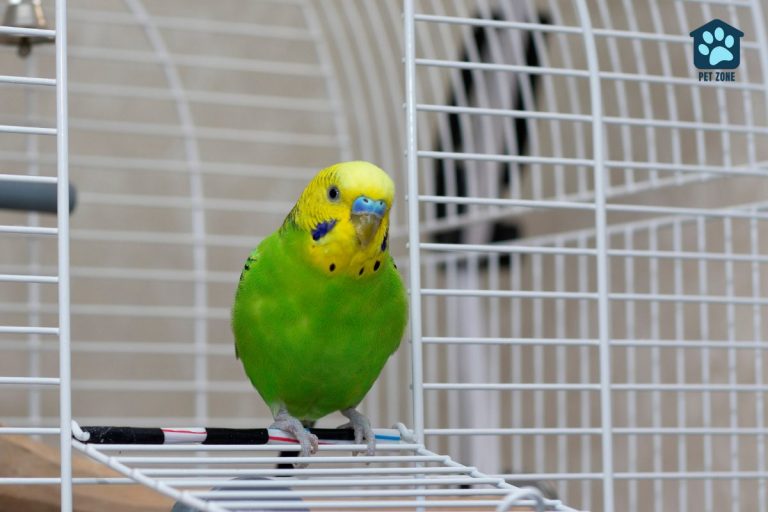
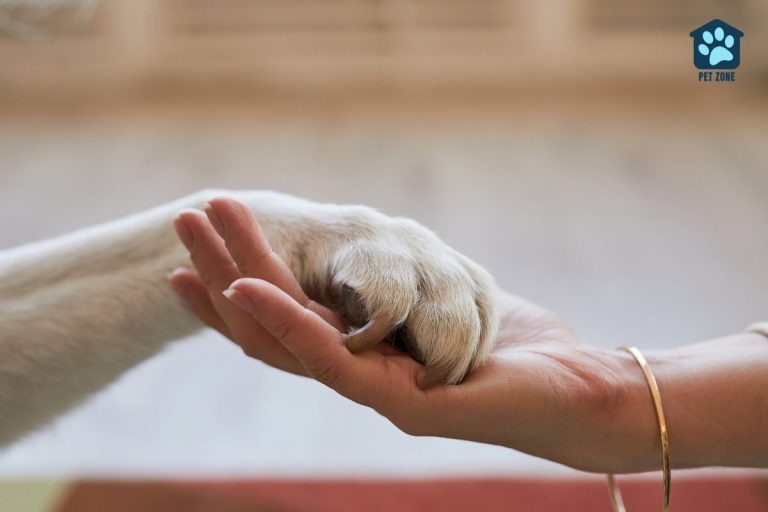
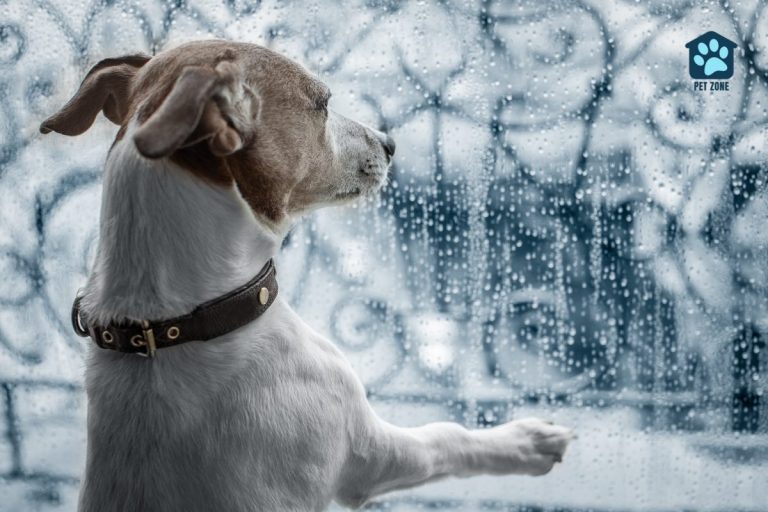
I hate it when one of my pups is under the weather! I’ve always gone with the chicken and rice diet once I know they are up to eating. Seems to work like a charm. I have also heard about pumpkin being very good for them as you suggested. Thanks for these great tips for my furry friends.
Very helpful tips for us pet parents. I’ve added broth to my pups dry food and it’s worked well. I’m glad to learn a few more tips for the future, too.
This is great information! With my 15 year old Silky Terrier, I always watch his appetite because that’s one of the first signs when something is wrong. Next time he loses his appetite, I’ll try adding some bone broth.